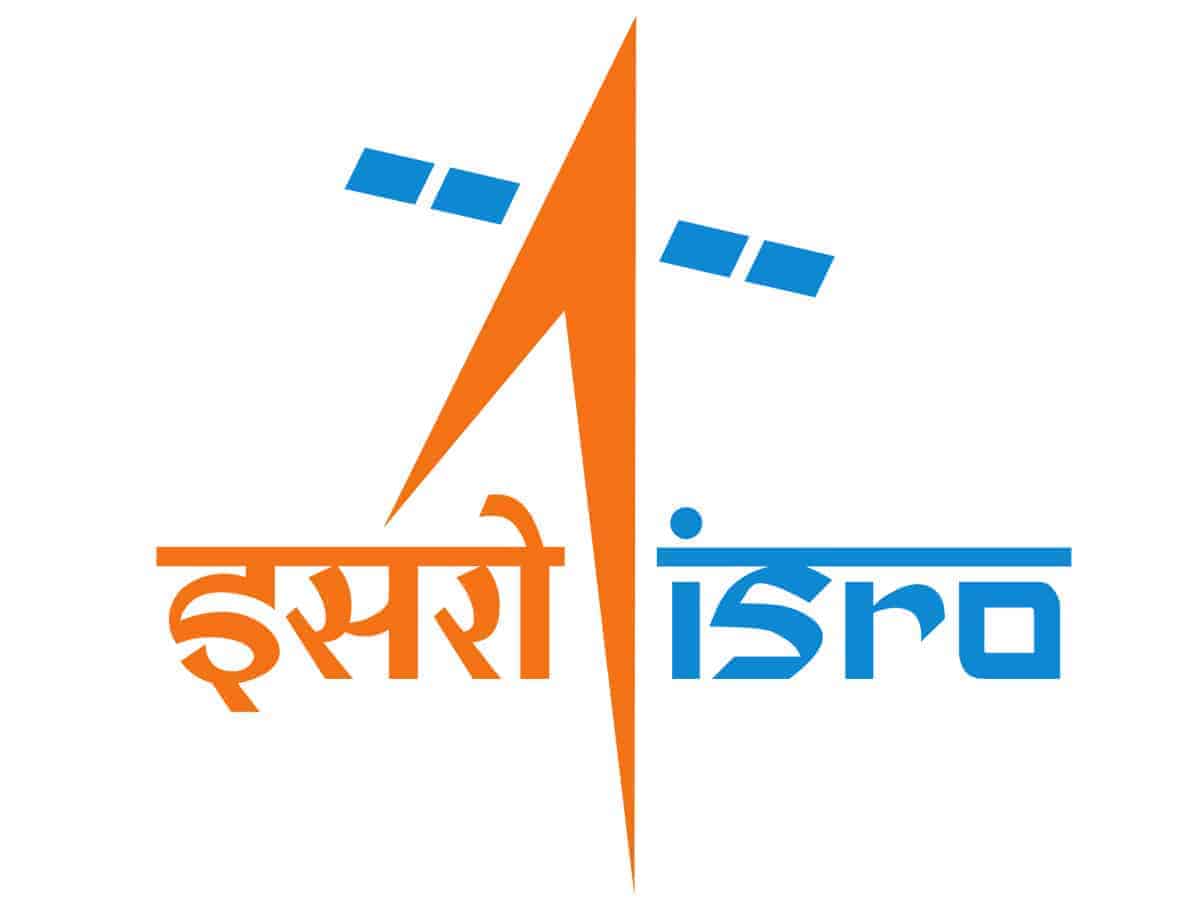
Ahmedabad: Indian Space Research Organisation (ISRO) chairman S Somanath on Wednesday said the launch of Chandrayaan-3, India’s third lunar mission, and the first solar mission Aditya L1 will possibly happen by the middle of 2023.
He was delivering the inaugural talk on “Indian Capabilities for Space and Planetary Exploration” at the 4th Indian Planetary Science Conference organised at Physical Research Laboratory (PRL) here.
“The Chandrayaan-3 craft is fully ready. It is fully integrated. Of course, there is some correction work being done, and we are building a lot of confidence in the mission through lots of simulations and tests, etc. And possibly the launch can take place by the middle of this year,” Somanath said.
He said Aditya-L1, India’s first solar mission, is going to be “a very unique solar observation capability for which instruments have already been delivered, and ISRO is in the process of integrating them in the satellite.
“I am also eagerly waiting for this (Aditya-L1) launch to happen, possibly by the middle of this year, and I am sure we will make this mission a great success,” said Somanath, who is also Secretary of the Department of Space.
According to ISRO, Chandrayaan-3 is a follow-on mission to Chandrayaan-2 to demonstrate end-to-end capability in safe landing and roving on the lunar surface. It consists of the Lander and Rover configuration.
Speaking on the Chandrayaan-3 mission, Somanath said it would have a similar structure as that of Chandrayaan-2, with the orbiter, a lander and a rover.
“Of course, the orbiter is devoid of all those payloads that are there in Chandrayaan-2. It will have only a little bit of payload. But the primary objective is to take the lander to the orbit of the moon and make it land.
“The primary objective of Chandrayaan-3 is going to be a precise landing. For that, a lot of work is being done today, including building new instruments, building better algorithms, taking care of the failure modes, etc.,” he said.
Somanath said these aspects of the mission are currently being strengthened, with the scientific objectives remaining more or less the same as with the previous lunar missions.
“But of course, we have taken a lot of care in terms of qualifying them for Chandrayaan-3. Let’s hope that this time Chandrayaan-3 will do its right job of landing, and of course, the rover coming out and doing exploration at least on the lunar day on the surface of the moon, which is really going to be very interesting,” he said.
Regarding Aditya L1, he said it will go up to the Lagrangian Point L1, a vantage point to observe the Sun continuously without disturbance over a long period of time.
“And this is going to be a very unique solar observation capability that we are building. Instruments for this have already been delivered, and we are in the process of integrating these instruments in the satellite,” the ISRO chief said.
He said the instruments to be used are currently undergoing testing for integration with the satellite.
“Other payloads have their unique capability in terms of observing not only the Sun but also the particle emissions and measuring them while it travels from the Sun to earth, and how Sun is affecting our space weather,” he said.



